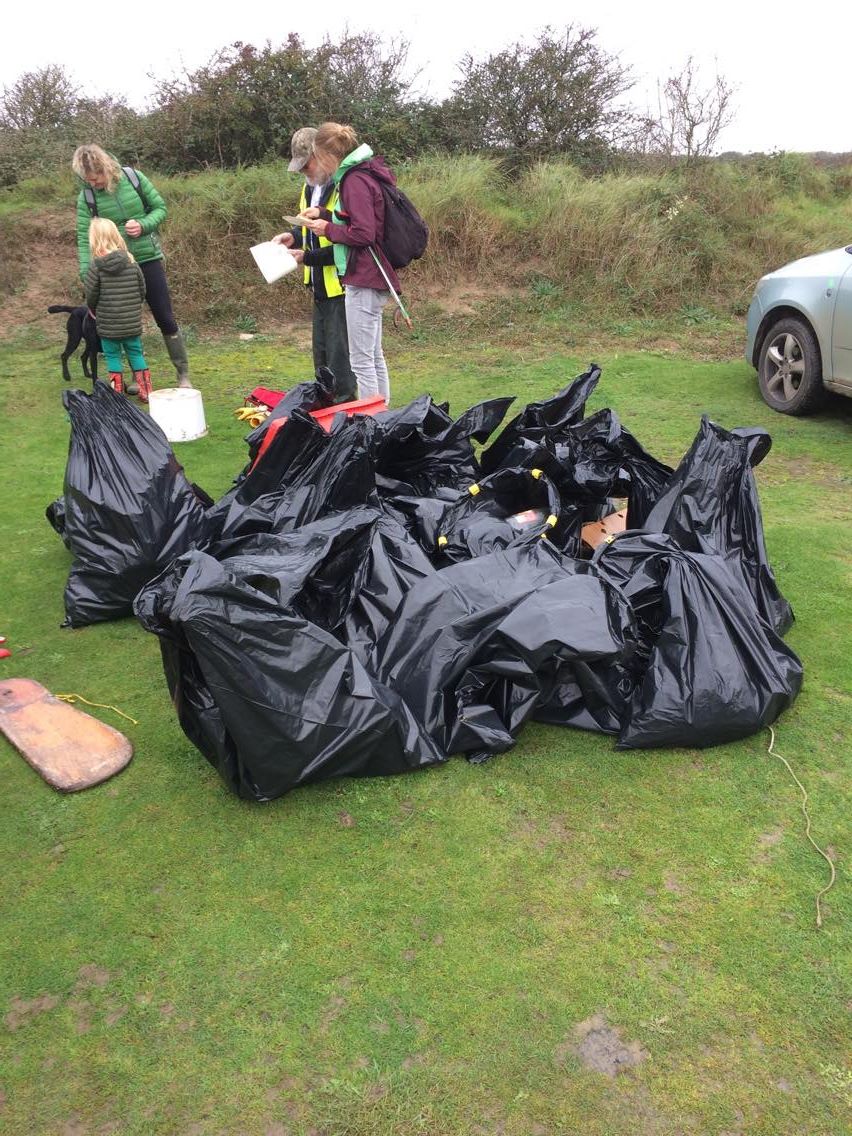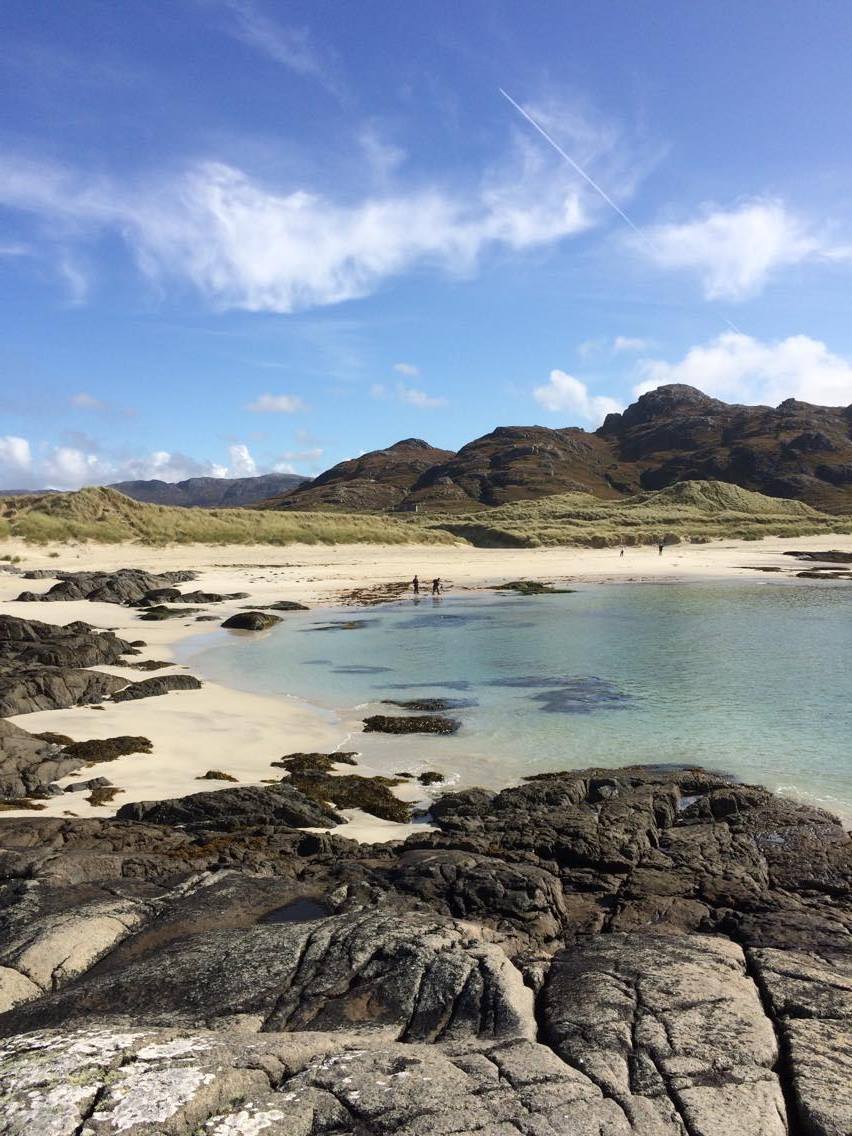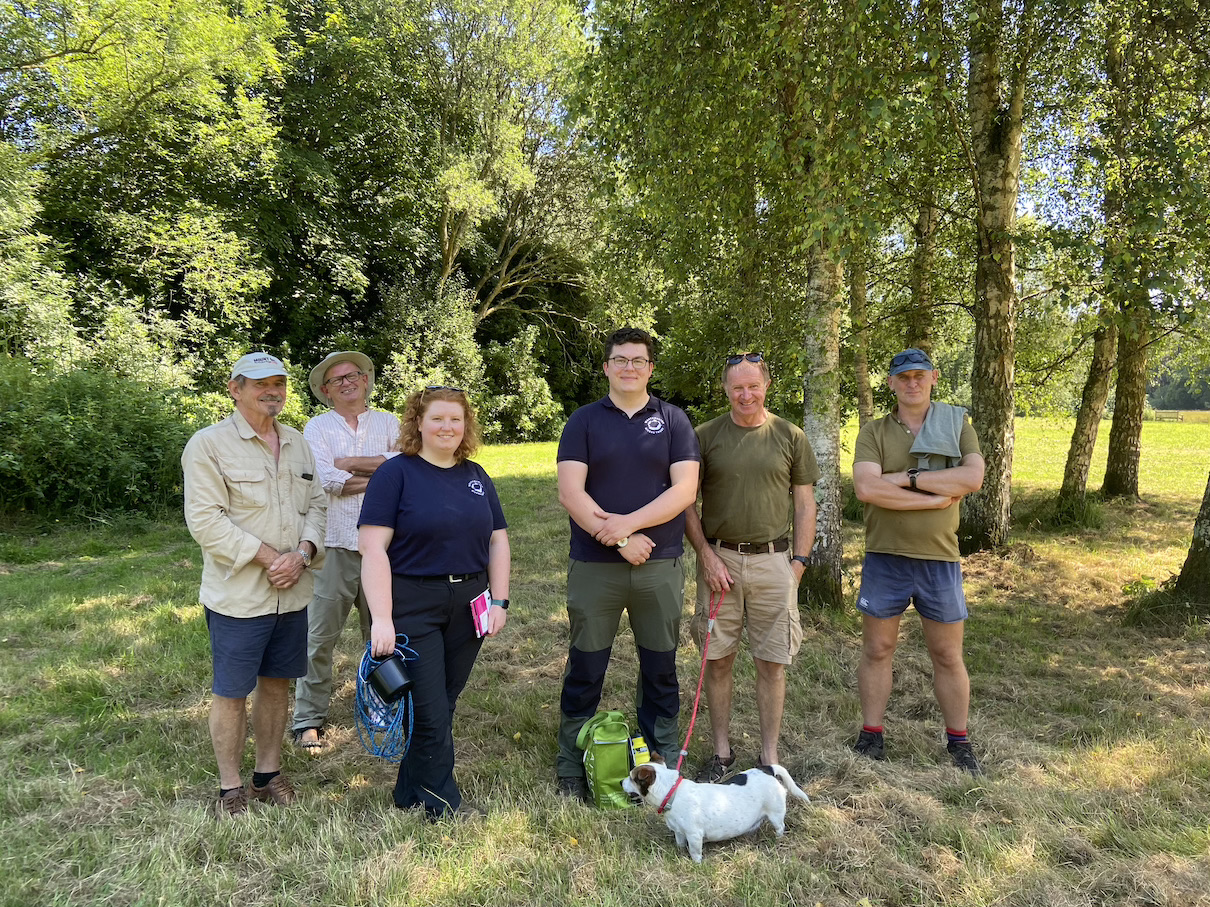
The Westcountry Rivers Trust recently arranged a volunteer workshop at the Fox and Hounds Hotel at Eggesford to train members of local angling clubs to embark on DNA data collection in relation to shad migration in the Taw catchment. Barnstaple & District Angling Association, South Molton & District Angling Club, Taw Fishing Club and the River Taw Fisheries and Conservation Association were all represented and issued with sampling equipment.
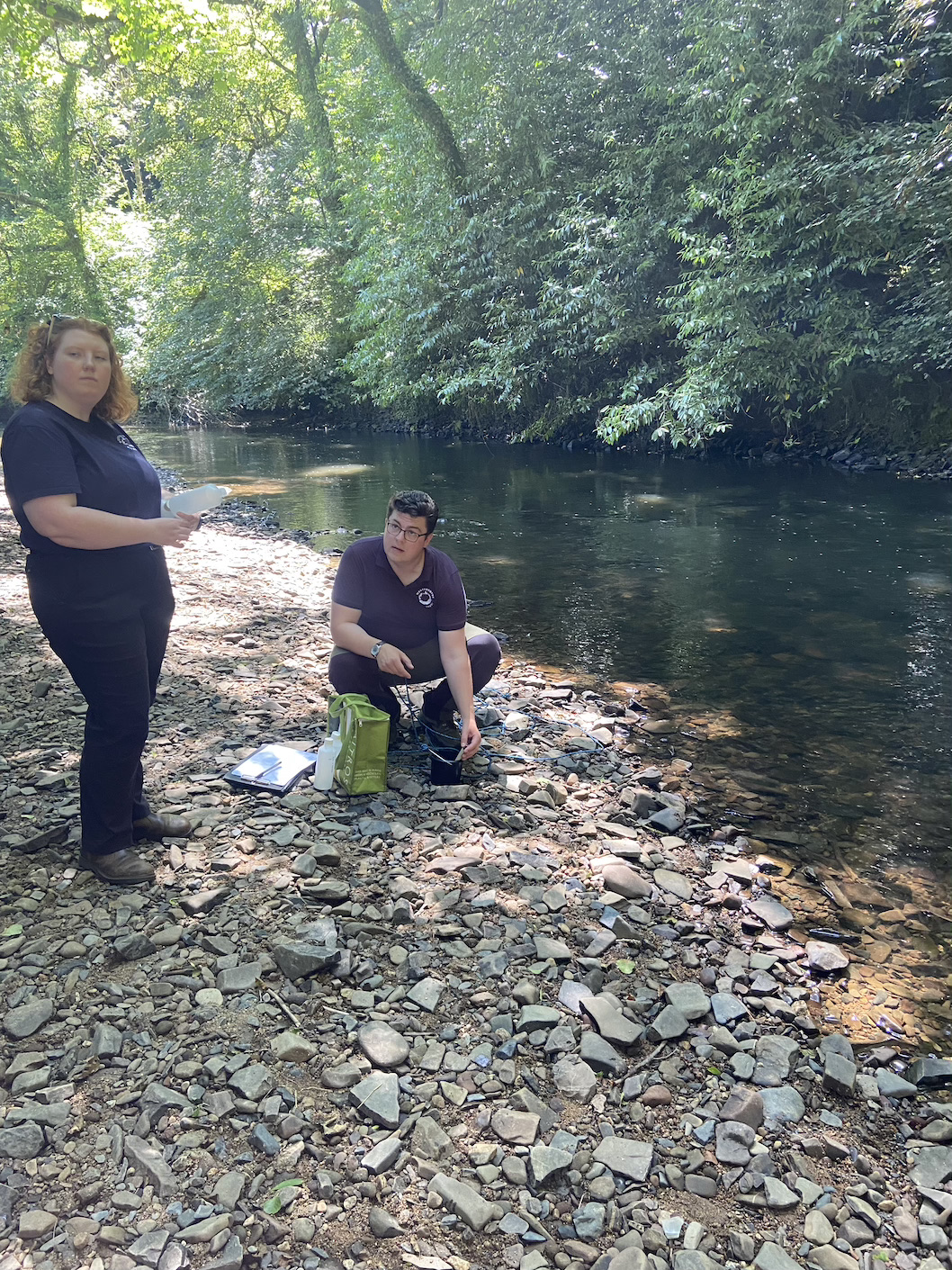
Samples have now been taken from selected sites ranging from the estuary in Barnstaple, tributaries on Exmoor’s fringe and the central stem of the river in deepest rural Devon. Exeter University will be analysing the samples to trace where shad have been present in the catchment.
I joined fellow South Molton Club Member and River Taw Fisheries and Conservation Association member Ed Rands to sample various tributaries of the Taw. It was an enjoyable way to spend a Sunday morning visiting various locations including the River Bray and Mole at Meeth Bridge, The Bray at Stags Head, Filleigh, The Mole at Alswear ,the Little Dart at East Worlington and Chulmleigh Bridge. Along with the Taw at Nymet Roland.
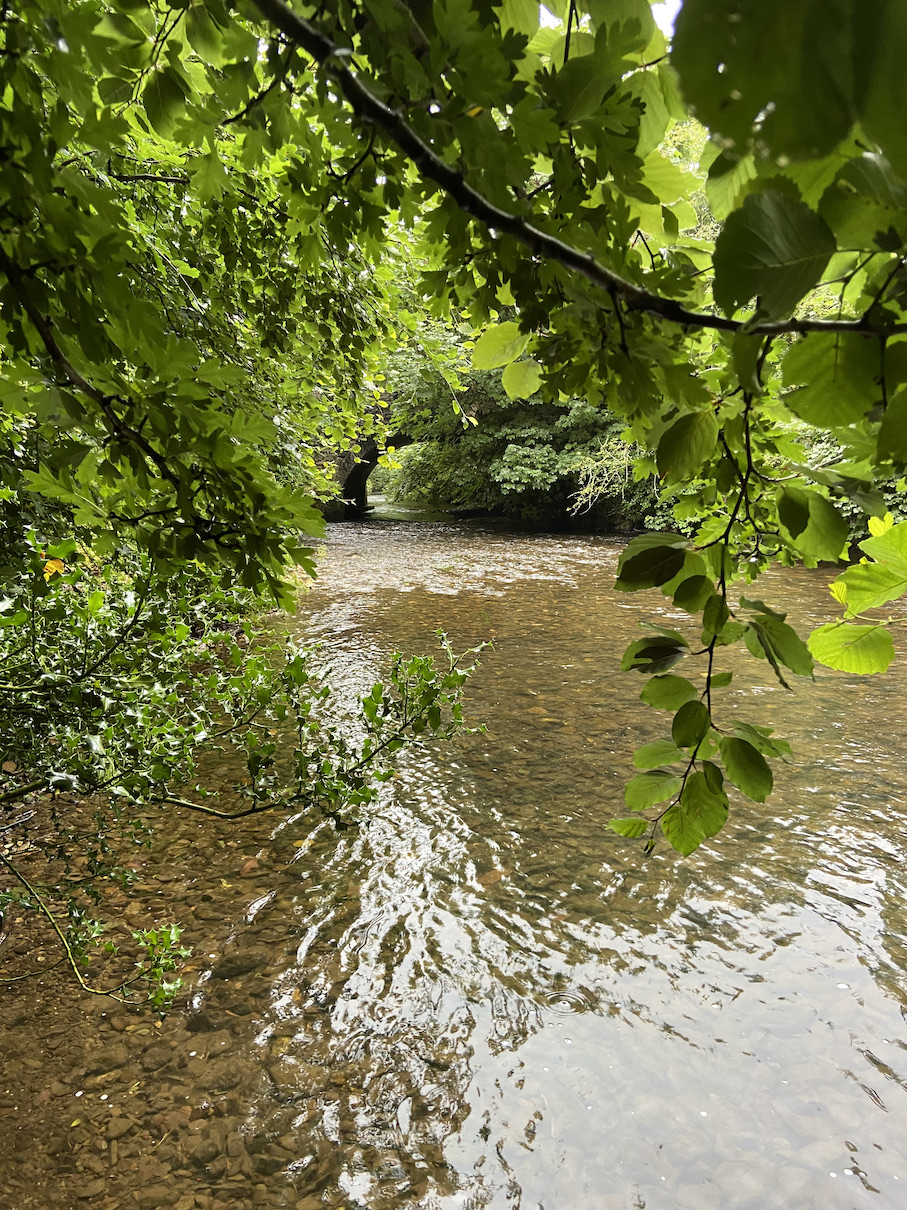
Ed’s intimate knowledge of the Devon countryside and its people proved fascinating and his reminiscences of fishing at the various locations was revealing. Devon has countless miles of narrow country lanes and meandering rivers that dissect a rich and varied landscape. Pretty thatched cottages, manor houses and country churches that exude a rural idyl.
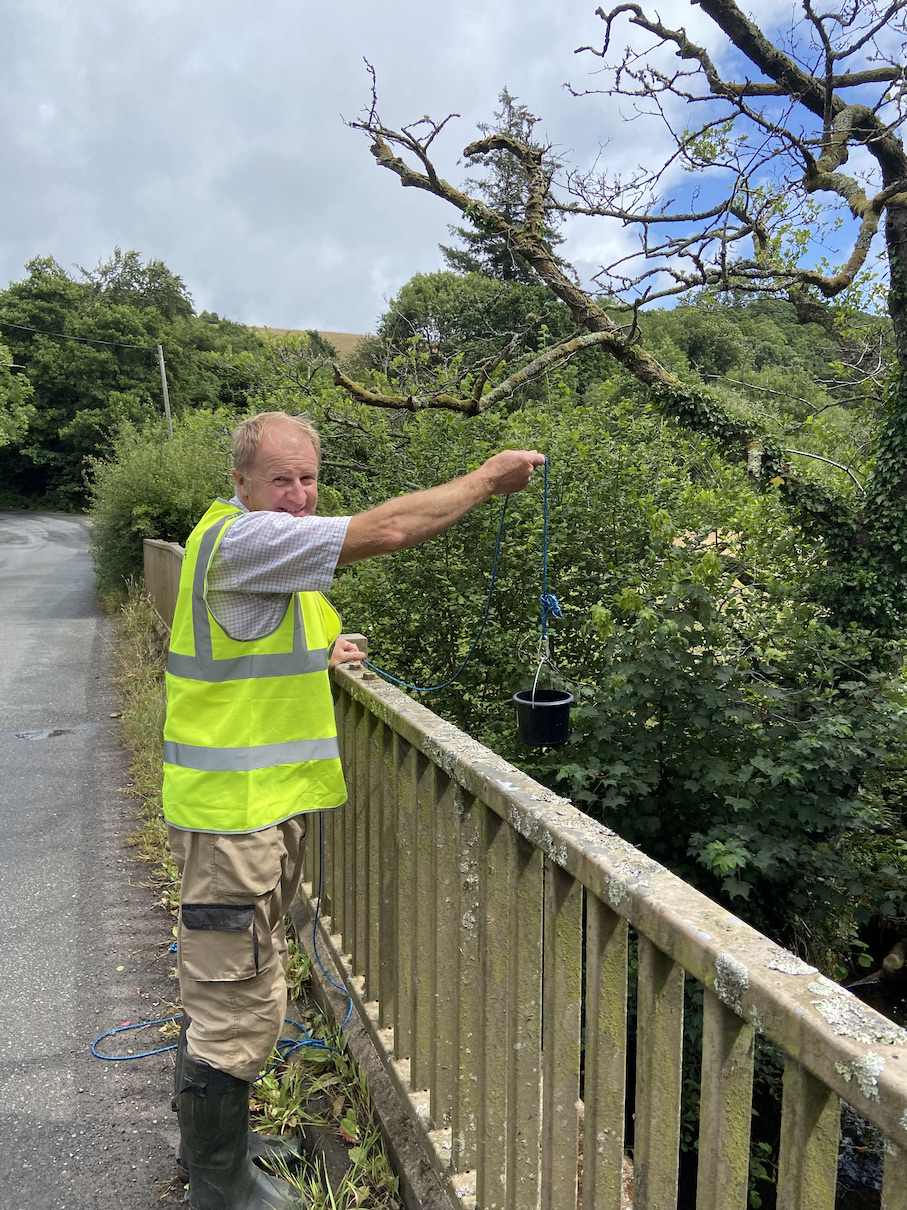
Through this seemingly perfect rural idyl flow the rivers that are the proverbial arteries of this green and pleasant land. If you talk with anyone who has spent time over the years beside our rivers a picture develops of a much degraded eco system. It is tragic that we have allowed this to happen over recent decades as industrial farming and extensive development spreads across the region.


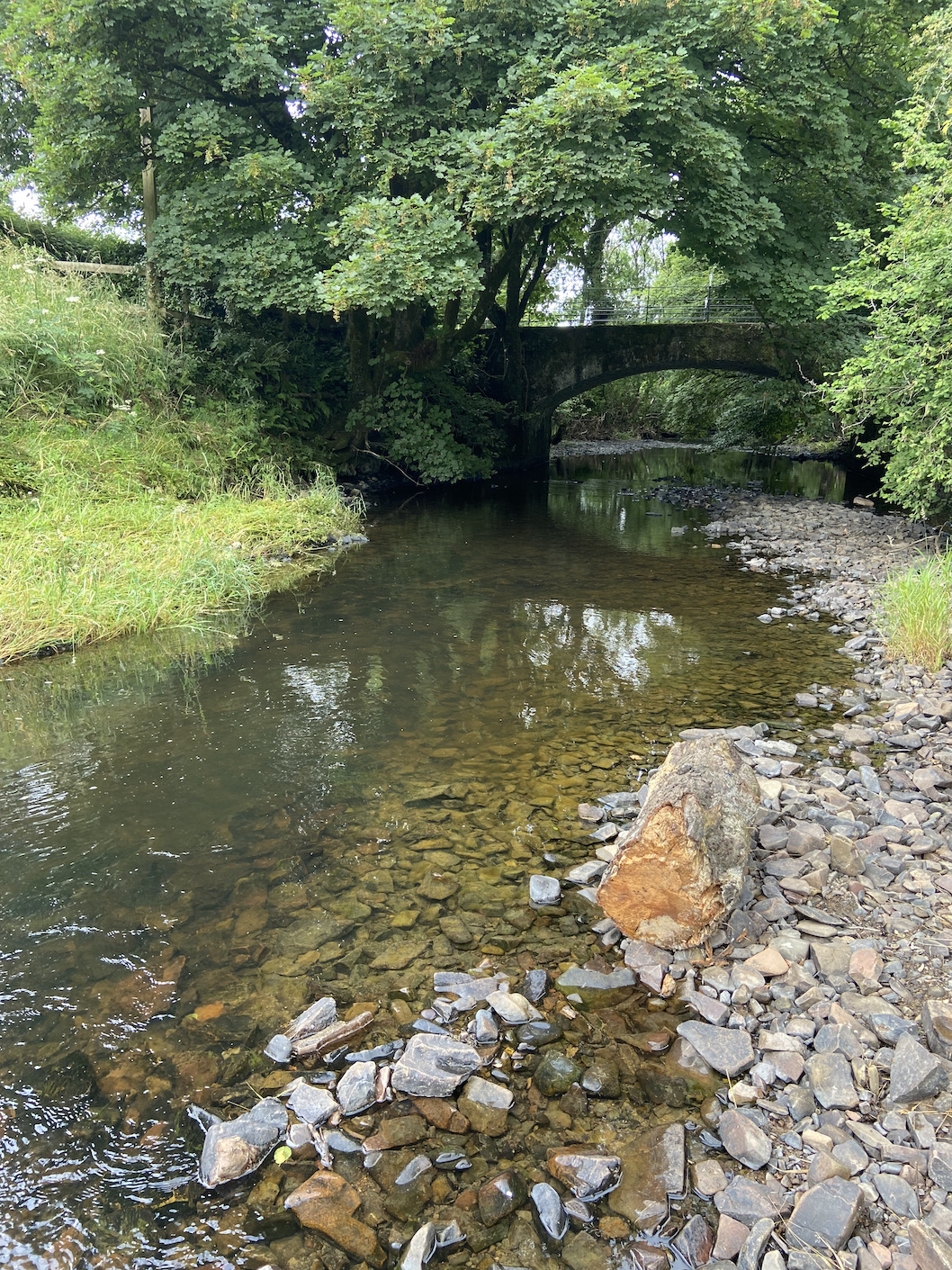
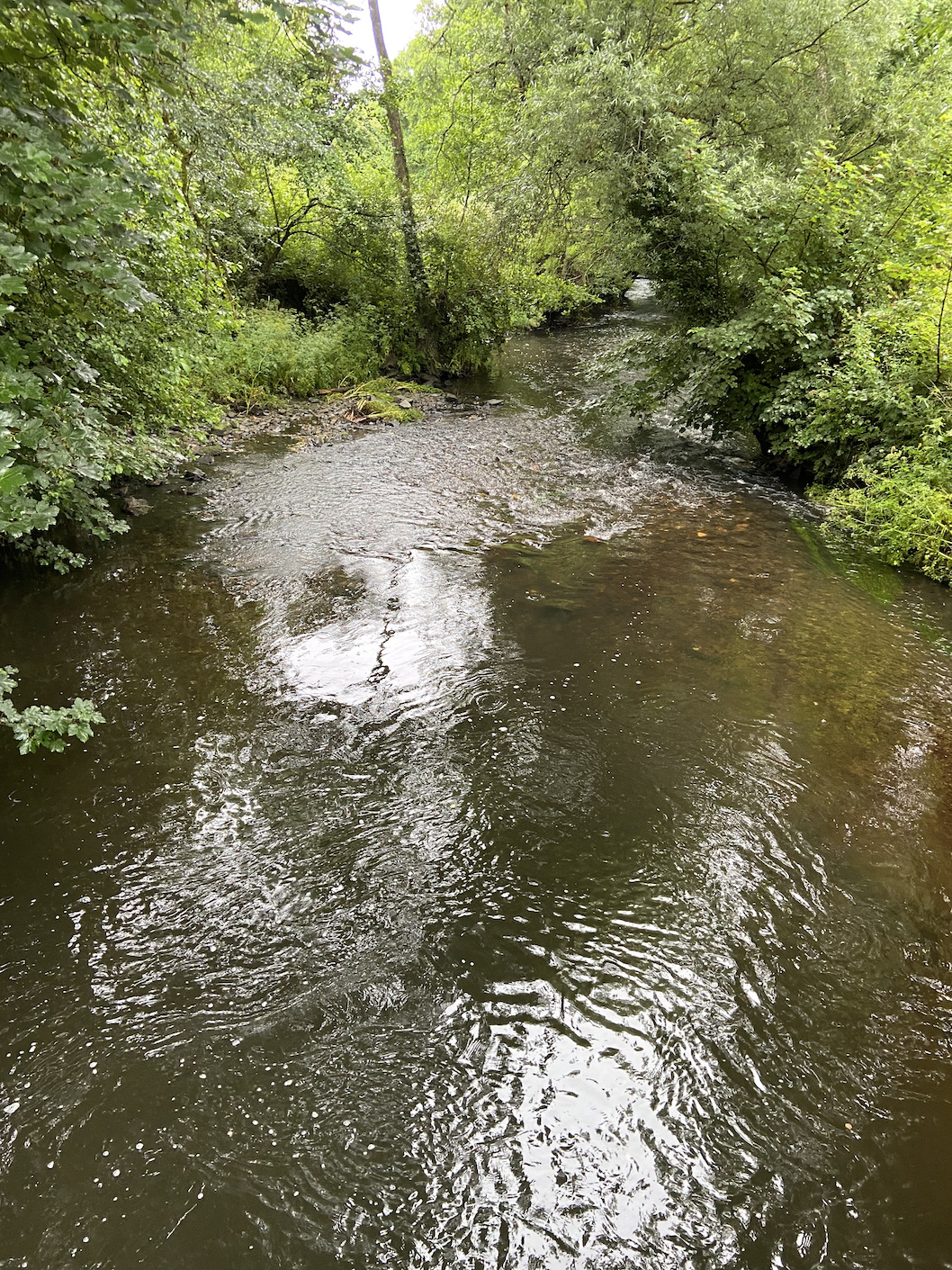
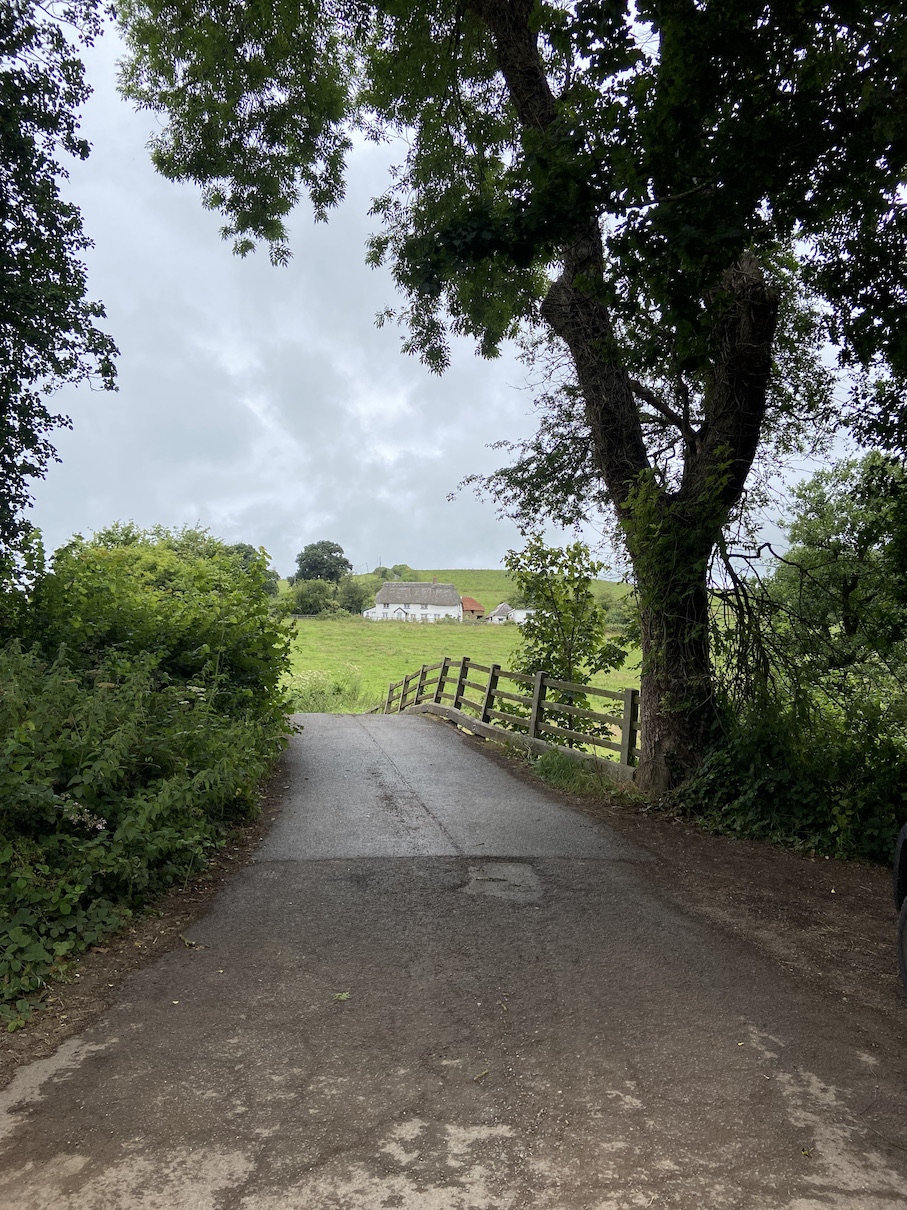
Whilst there is a need for progress and growth in our economy this should be tempered by a respect for the environment. A healthy environment can bring us wealth both spiritually and economically. Healthy rivers with good numbers of fish can provide an escape from urban life as sporting hotels offering fishing and outdoor pursuits prosper. Sustainable farming can produce healthy food. We just need to work with nature not against it.
In addition to this further DNA testing will look for salmon, eels and lamprey. Whilst this testing is not a panacea to extensive knowledge it will start to build a valuable indication of fish migration within the river system. It seems strange that even today we only have limited knowledge of what swims beneath the surface with angling records over decades often the only data available. We have without doubt lost much life in our rivers over recent decades without knowing what we once had.
Shad migrate into rivers in May and June to spawn with the tiny fry returning to the sea in early autumn. There are two species, the allis shad and the twaite shad both of which migrate up a small number of rivers in the West Country and South Wales. The River Severn and Wye are undoubtedly the historic strongholds for the species.

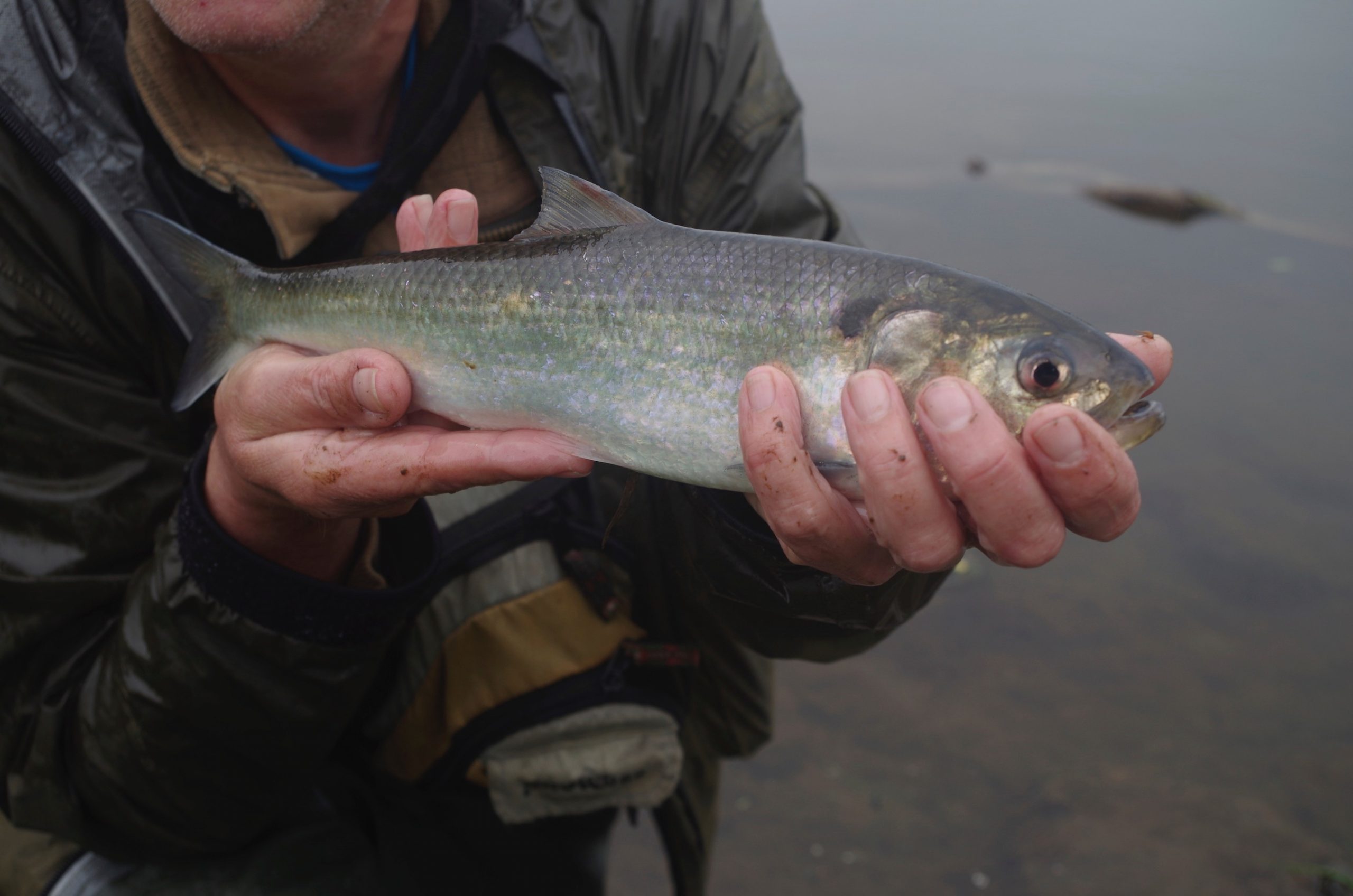
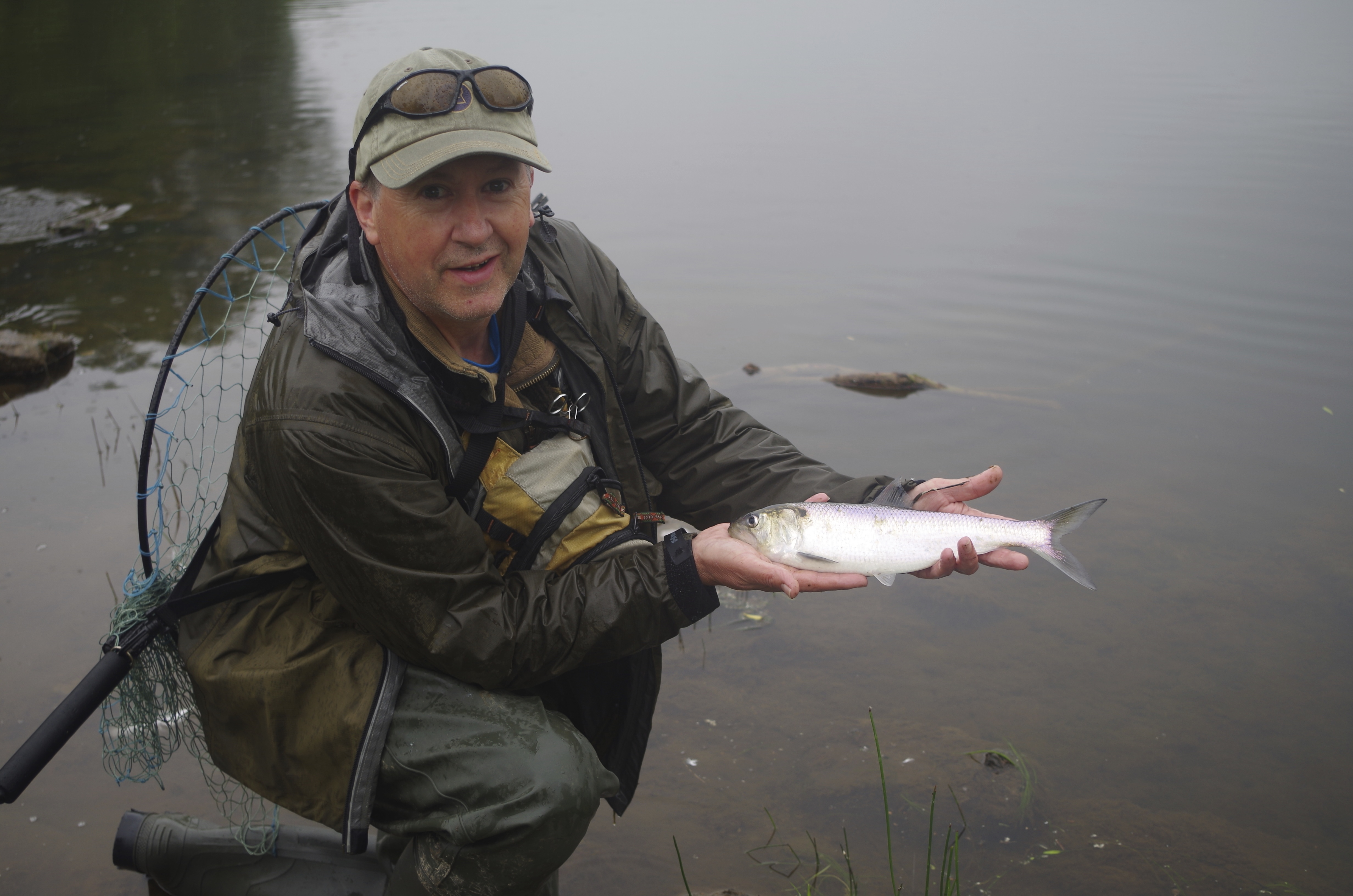

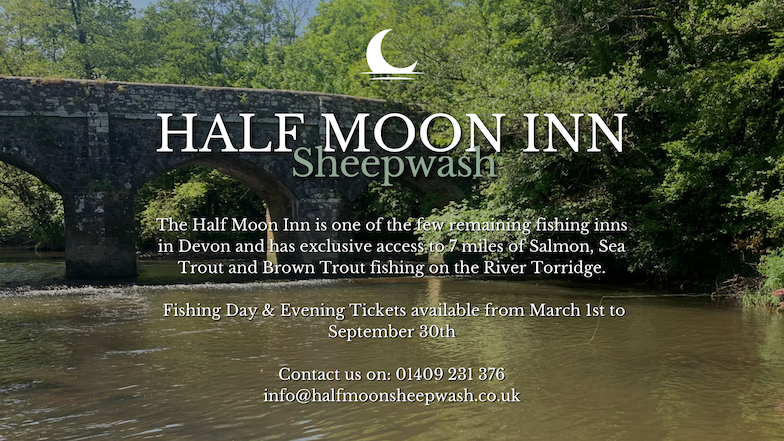


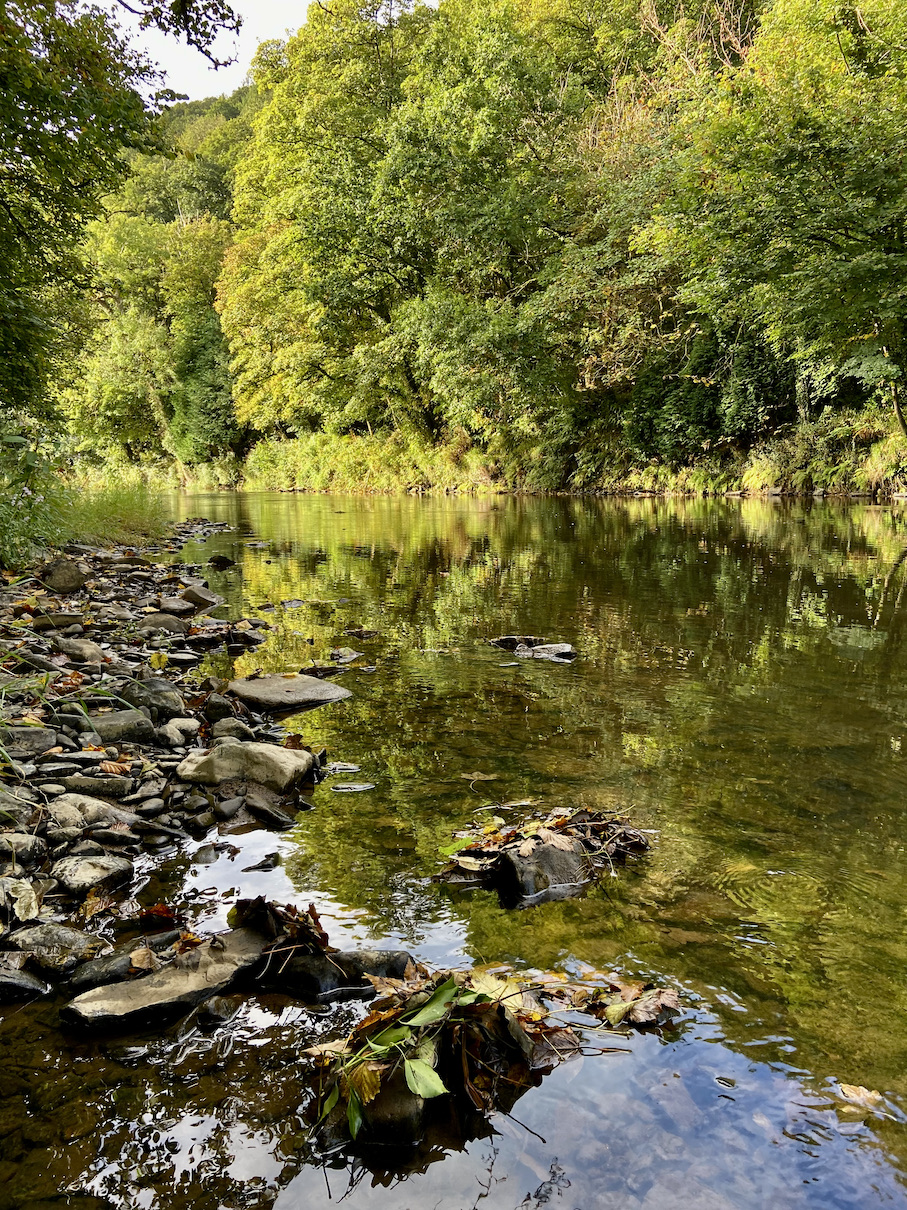
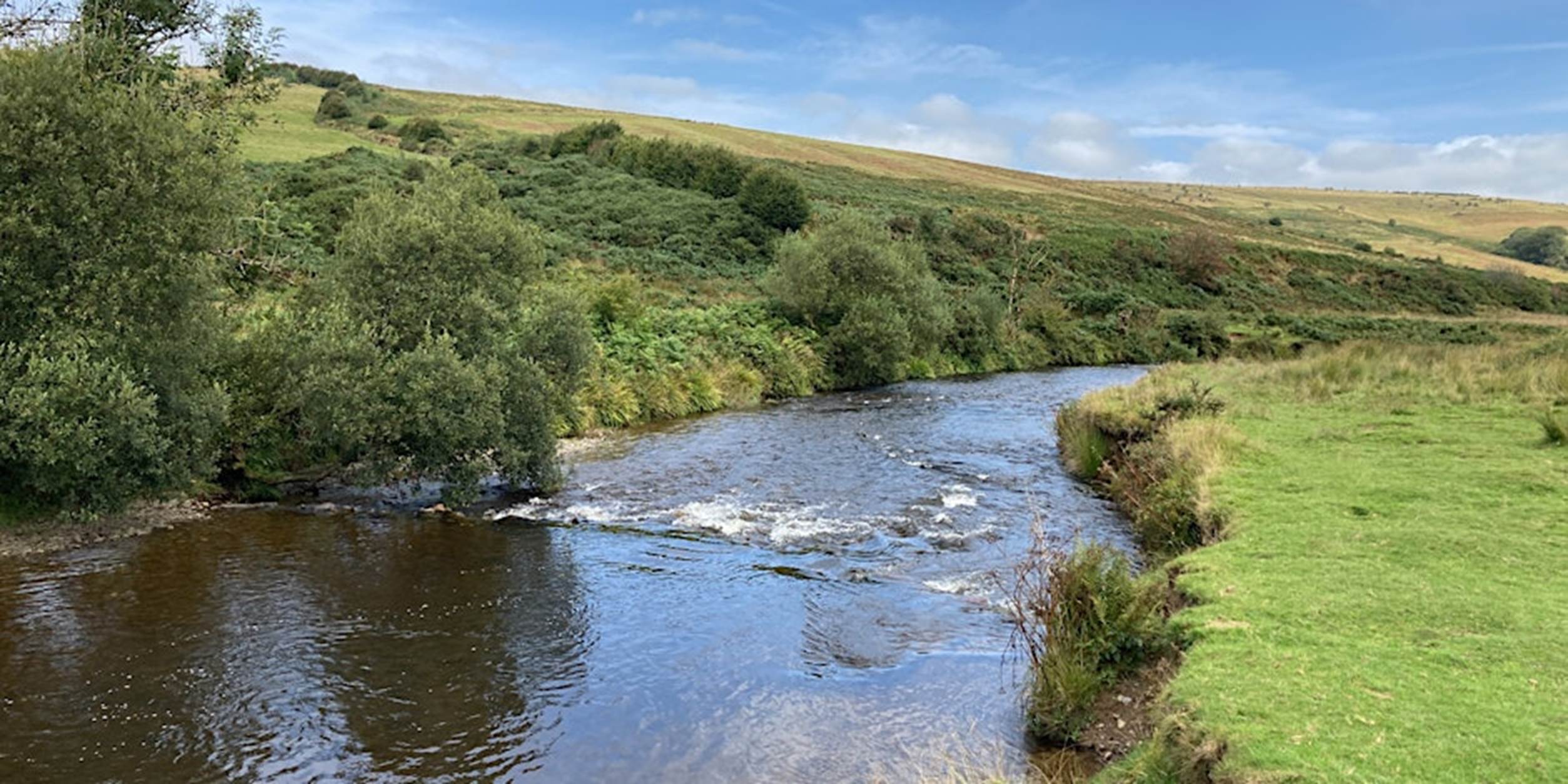

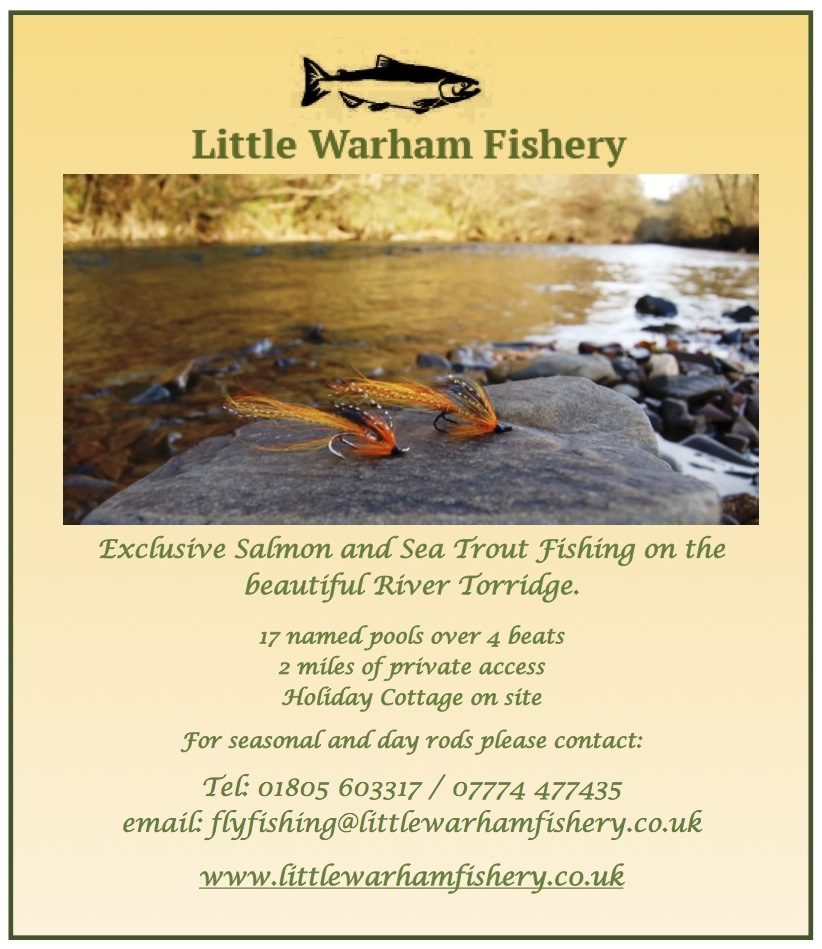

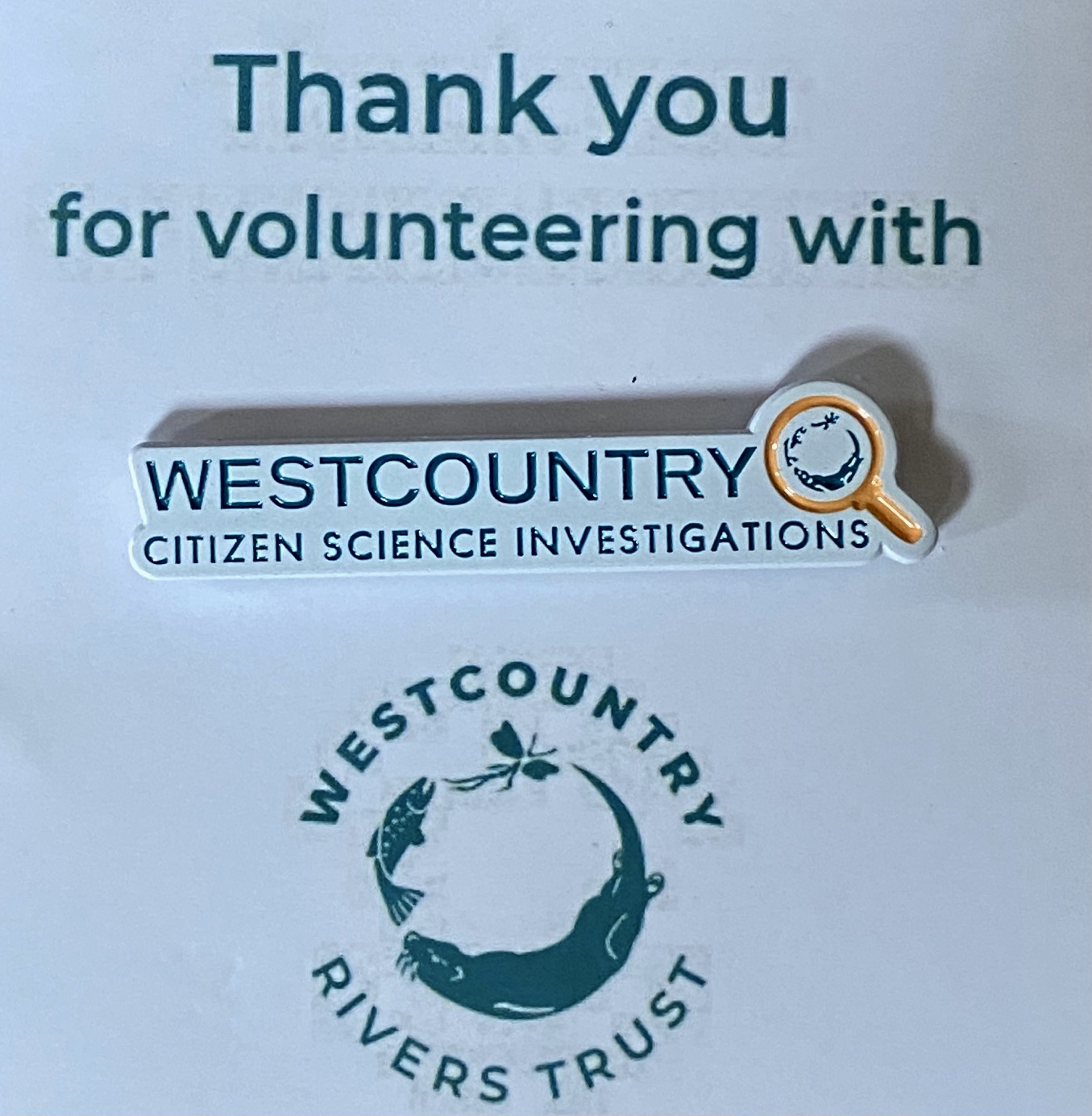
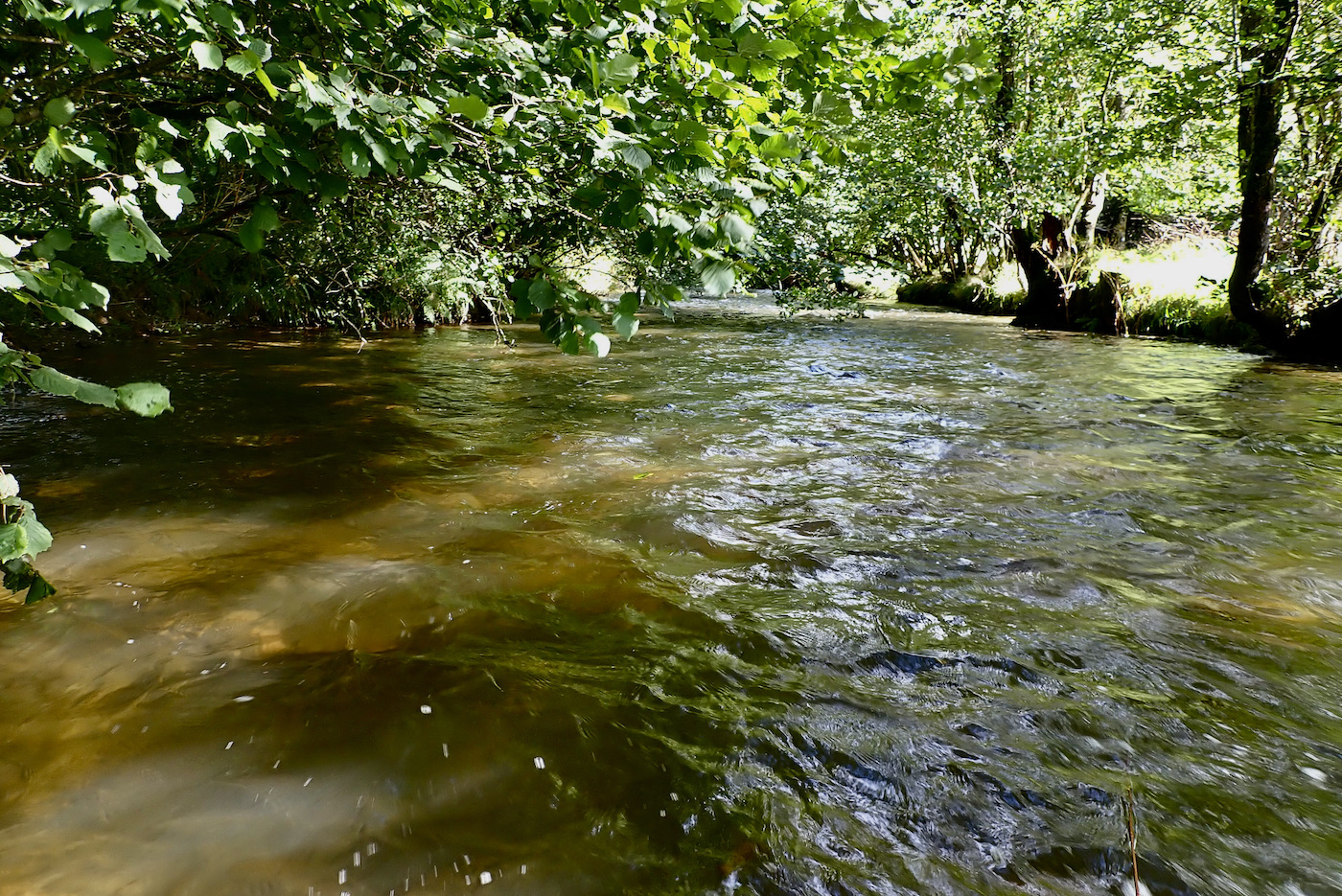
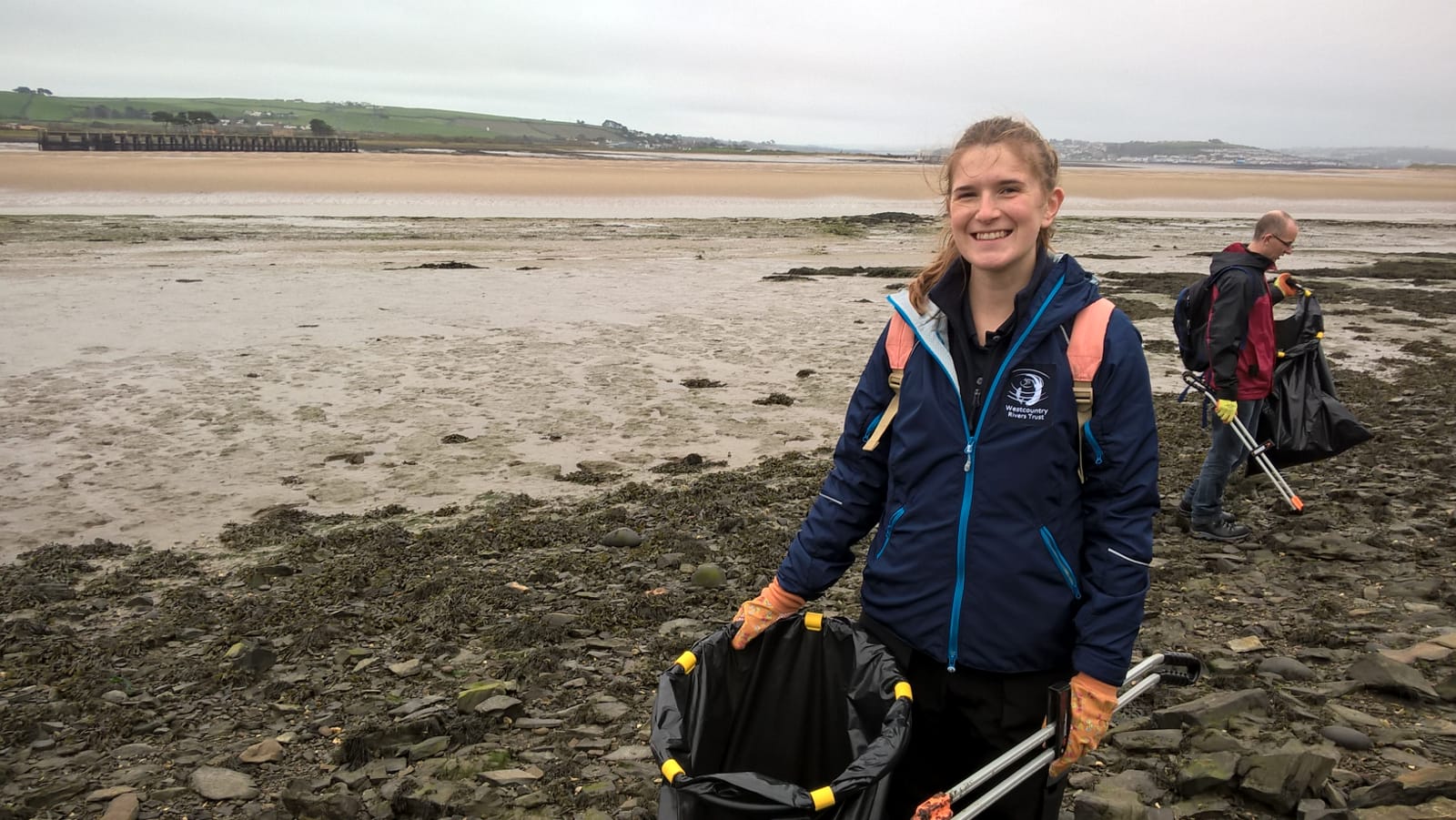
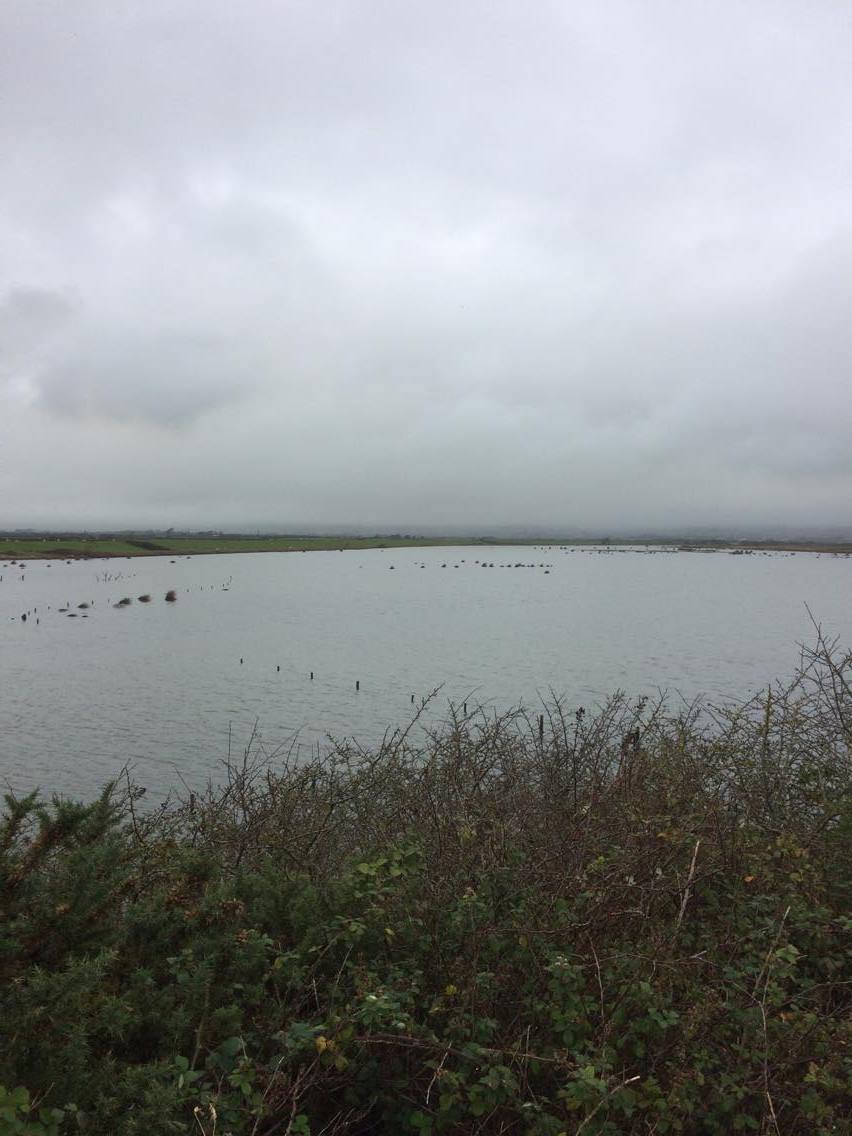
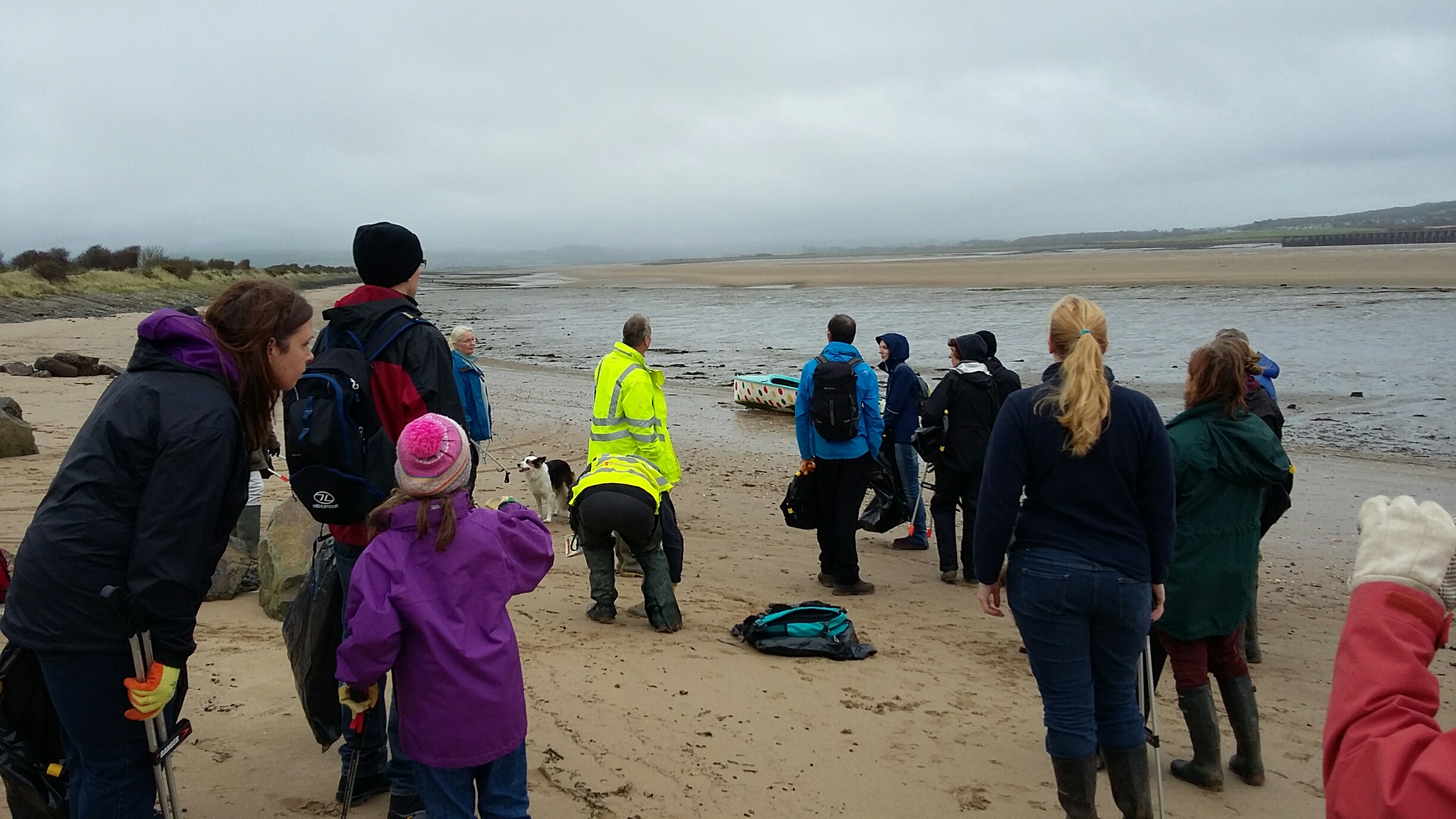
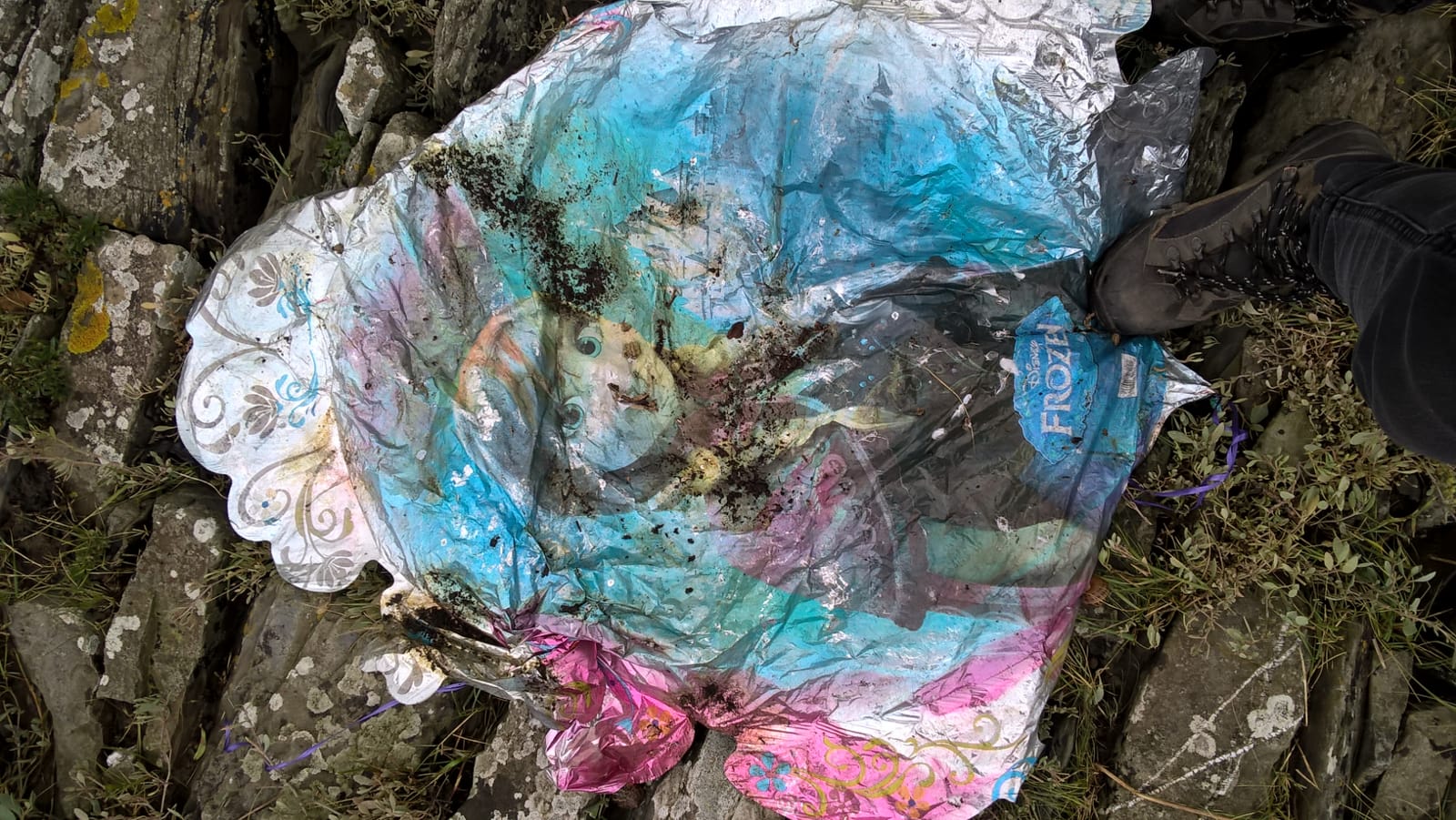 (Above) A wide range of debris
(Above) A wide range of debris